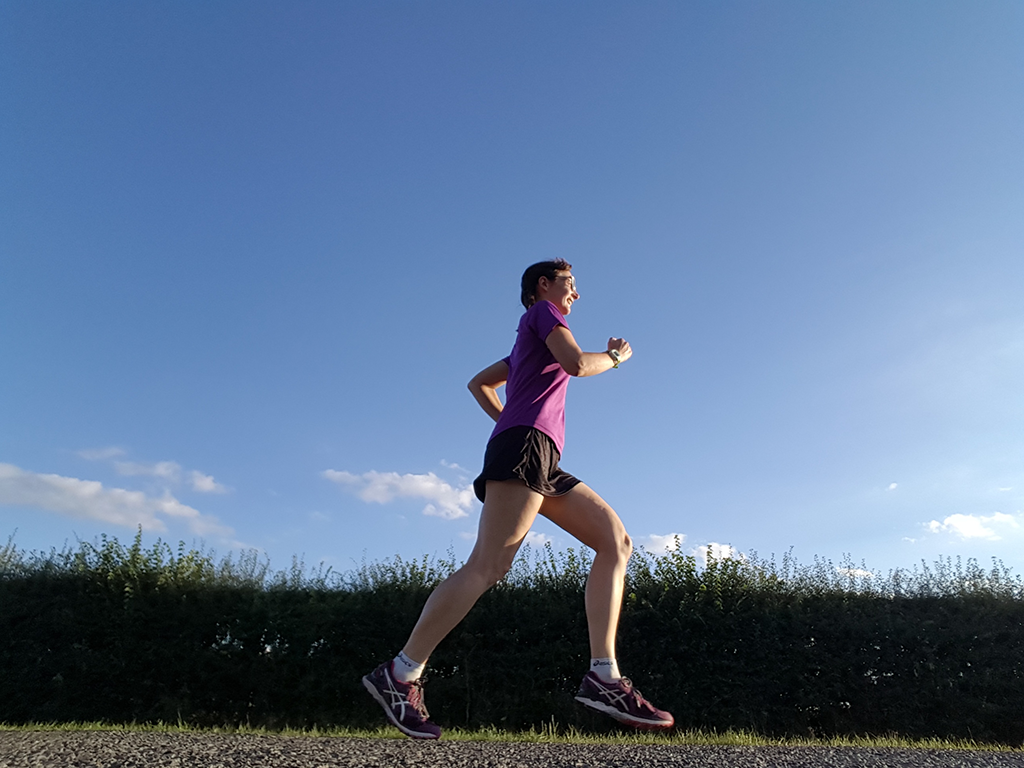
How To Prevent Running Injury With This Simple Technique

Did you know that one of the most injury prone sports is running? More than rugby, or football, or cycling. In fact, research has estimated that between 30-75% of runners per year will get injured.
Why is this? Part of me thinks it because it is so easy to go for a run most runners just run. They don’t spend time on technique or training that often forms a part of other sports. We also have the tendency to think a niggle can be ‘ran off’ and keep running until it is too painful and we have to stop, meaning more damage occurs than if we stopped at the first sign of pain.
But a big part of it may be overtraining, doing too much or too soon.
As a coach I plan training cycles using the FIT principle. This is the principle that in any given training plan you can increase the Frequency, increase the Intensity or increase the Time but not all at once.
You can increase either how many days you run, how hard you run or how long you run for but only one of these elements at a time.
So if you are a 5k runner who wants to improve your 5k time, you would probably increase the intensity by adding intervals, fartleks and hill sessions, all with the view of helping you to run at speed. But you would only do this for the number of days you usually run for and for shorter times of under an hour.
If you are a 5k runner who wants to run your first 10k you would increase the distance by slowly increasing the time you run over several weeks. But you wouldn’t increase the number of days you run or the intensity you run. Of course, within an 8 week training plan you might have a week where you drop the time and increase the intensity but that is still sticking to the FIT principle as by increasing the intensity you have decreased the time.
And if you want to increase the number of days you run each week you would add an extra day of running but keep these extra runs short and easy so as not to overload.
Unfortunately, not following the FIT principle can easily lead to injuries and I am a perfect example of what not to do!

When I was a fairly new runner and before I started coaching I decided to try for a 10k PB. I chose to follow a plan from a running magazine which was quite intensive and called for 4 days of running plus some cross training.
Up until that point I was running 3 days a week at most and most of that running was easy running rather than intense efforts. So three days of running at an easy pace turned into 4 days of running at a harder pace with lots of speed work thrown in.
After only two weeks of following this plan my body said no more and gave me quite a pain in my foot to let me know I was doing too much. That pain turned out to be plantar fasciitis and stopped me running for more than 8 weeks which was not fun!
Now I know better and carefully follow the FIT principle for both my own training and those of my clients.
So if you don’t want to be an injured runner, follow the FIT principle, apply it to you and your training and, hopefully, it will keep overtraining injuries at bay.
Note: This an updated post which was originally published in March 2016.

Leave a Comment
(2 Comments)
I never put much thought into my training nor runs. But I probably should start. Luckily I have not been injured in a long time, but I am one of those who just goes out and runs. So I need to start so I don’t end up getting injured.
[…] at the same time creates the perfect conditions for niggles and even injury. It is far better to follow the FITT principle and only increase either the frequency, the intensity or the time you are running […]
Recent Posts
Categories